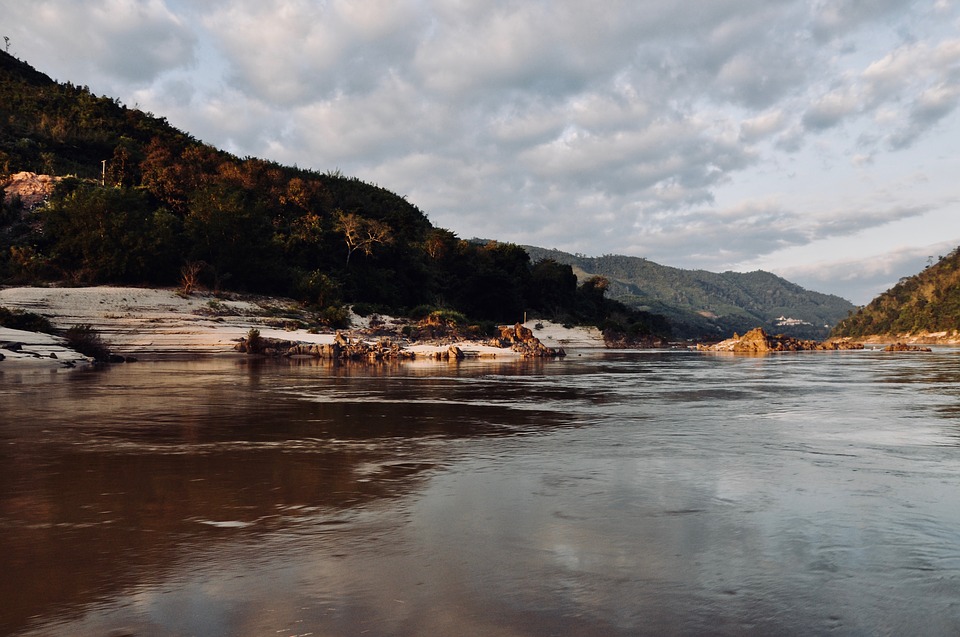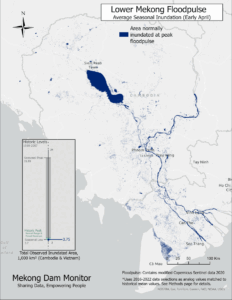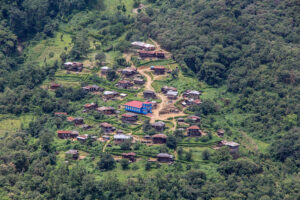In June of this year, the FAO’s annual State of World Fisheries and Aquaculture report ranked the Mekong Basin as the world’s most productive freshwater fishery, accounting for over 15% of global annual freshwater fish catch. Meanwhile, WWF Researchers estimate that the contribution actually accounts for a quarter of the world’s freshwater catch. This massive inland fishery is critical to the food security of tens of millions living in Cambodia, Laos, Thailand and Vietnam, and is fuelled by the Mekong River’s natural flow cycle. Typically, the Mekong transitions like clockwork around this time of year from the dry season period of relatively low flow to an extreme wet season pulse bringing floodwaters that nourish the entirety of the basin.
Each year, this flood pulse drives water from the Mekong up through a tributary at Phnom Penh, expanding the Tonle Sap Lake in Cambodia to more than five times its dry season size. The Tonle Sap is the Mekong’s most unique feature and serves as the foundation of the river’s extensive fishery. The lake’s annual expansion and subsequent dry season contraction acts like a beating heart which produces an annual 500,000-tonne fish catch in the lake and dispatches migratory fish throughout the entire Mekong Basin. The Mekong’s wet season flood pulse is also essential for riverbank agriculture which supports the livelihoods of millions who live along the banks of the river and its tributaries. On a grander scale, floods deposit nutritious sediment across the Mekong’s floodplain which stretches from northwest Cambodia to Vietnam’s Mekong Delta. However, the Mekong’s natural flow and the heartbeat of the Tonle Sap are being undermined by wet season water restrictions from dams in China and in downstream Mekong countries. When wet season rainfall levels are low, as they are now, those upstream water restrictions weaken the Mekong pulse even more. This year, the Mekong’s annual floods are once again behind schedule.
Earlier this month, researchers from prominent Chinese academic and research institutions, including Tsinghua University, produced a study (hereafter called the Tsinghua study) which claimed that during the wet season, China’s upstream dam restrictions have a positive impact on the Mekong. This study and its findings make a valuable contribution to the public discourse; however, its authors ignore the importance of the Mekong’s natural flow and the resource base produced from that natural flow.
Read the full article in Bangkok Post.




